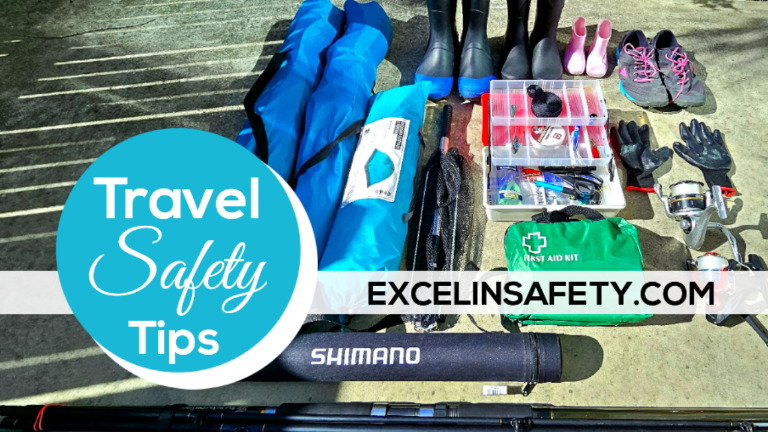Safety and health communication is an essential part of any organization’s operations, and one of the most important ways to communicate is through letters. A safety and health communication letter can help keep employees informed of important updates, guidelines, and policies related to safety and health in the workplace. In this article, we’ll discuss the key elements that should be included in a safety and health communication letter to ensure that it is effective in conveying its intended message.
Start with a Clear and Concise Introduction
In the opening paragraph of your safety and health communication letter, it is essential to provide a clear and concise overview of the topic you will be discussing. This paragraph should serve as an introduction that sets the tone for the rest of the letter. It should provide a brief context of the communication and highlight the importance of the topic at hand. The goal of this paragraph is to grab the reader’s attention and help them understand the purpose of the letter. By setting the tone early on, you can ensure that your message is received and understood by the recipient.
Identify the Purpose of the Letter
Clearly state the purpose of your safety and health communication letter. Whether it’s to provide updates on new safety guidelines, to remind employees of existing policies, or to announce new safety initiatives, make sure your message is clear and specific. By doing this, you can ensure that your letter will be taken seriously and that employees will understand the importance of the message being communicated.
Provide Detailed Information
In the body of the letter, provide detailed information about the topic at hand. This can include instructions on how to use new equipment or procedures, reminders about safety protocols, or updates on new regulations. Use clear and concise language, and make sure that the information is organized in a logical and easy-to-follow format.
Offer Actionable Steps
In addition to providing information, your safety and health communication letter should also offer actionable steps that employees can take to ensure their own safety and the safety of others. This can include recommendations for personal protective equipment (PPE), steps to take in case of an emergency, or guidelines for reporting safety concerns.
End with a Call to Action
Finally, end your safety and health communication letter with a clear call to action. This can be a request for feedback or input, a reminder to attend a safety meeting, or a request for employees to review and acknowledge the information presented in the letter.
By following these key elements when creating a safety and health communication letter, you can ensure that your message is clear, concise, and effective. Remember to keep your language simple and straightforward, and always provide actionable steps that employees can take to ensure their safety and well-being in the workplace. With effective safety and health communication, you can create a safer and healthier workplace for everyone.








Leave a Reply
You must be logged in to post a comment.